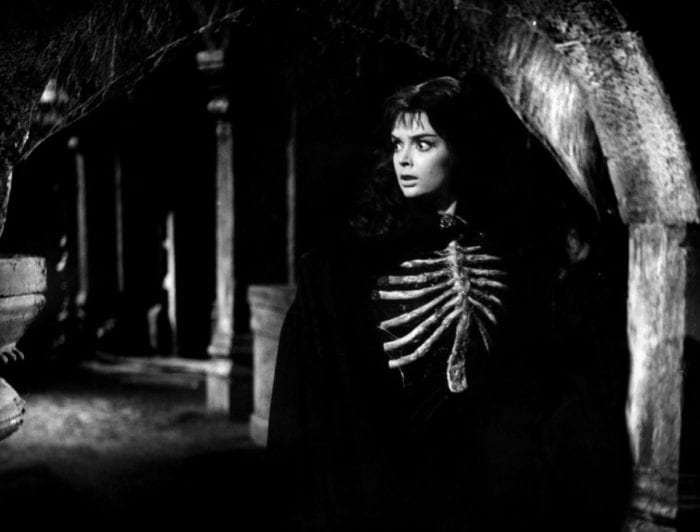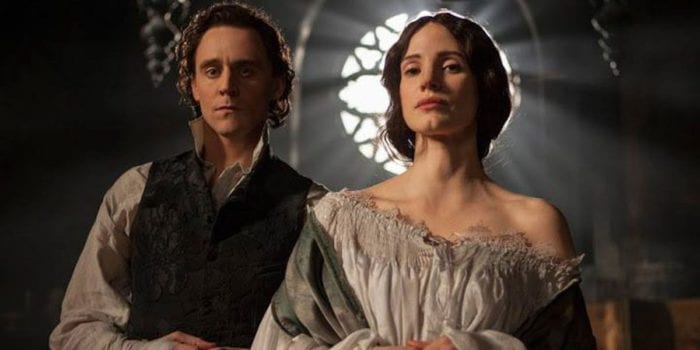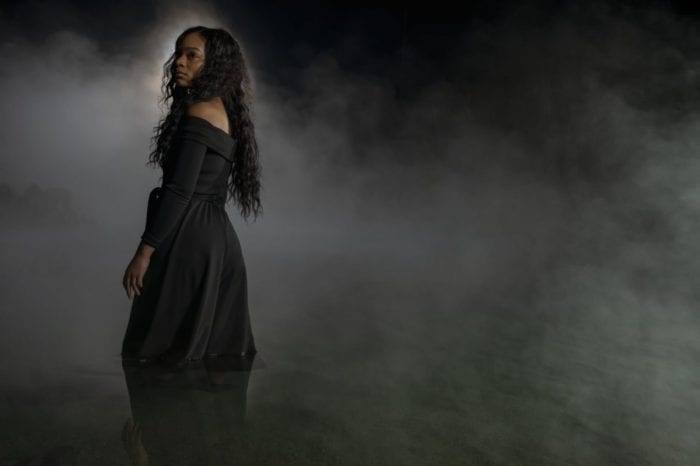Italian horror is often synonymous with giallo. Giallo is naturally regarded as the grandfather of the slasher genre and is given a fair amount of reverence when discussing influential subgenres of horror. Famed Italian filmmaker Mario Bava’s film The Girl Who Knew Too Much, which was edited and distributed under the title Evil Eye in the United States, is considered to be the first giallo. Bava would go on to create more tantalizing gialli, including the miraculously devious and sumptuous Blood and Black Lace. However, giallo wasn’t Bava’s only horror specialty, and he made many forays into the territory of the gothic. Sadly, gothic horror’s popularity has waned in recent decades, and Bava’s works in that particular subset of horror do not receive the due respect that they deserve. Bava’s keen eye for lush visuals and gothic-themed depravity paved the way for those modern filmmakers who are striving to keep gothic horror alive today.
Bava’s contributions to the gothic seem to be lost amid his contributions to giallo, as well as the ever-changing tastes of horror audiences. Regardless, Bava made several notable gothic horror films including The Whip and the Body; Black Sunday; Black Sabbath; and Kill, Baby, Kill. Parallels between contemporaneous gothic fare were naturally made, and the audiences and reviewers were split between thinking the films themselves were masterpieces in their own rights or merely knock-offs of British gothic horror. Naturally, Bava’s taste for delving into the themes of repression in the subgenre led many of the films to be ravaged by censorship. The Whip and the Body was famously mangled to the extent that the very plot of the film was made incomprehensible.

Bava’s sense of decadence, as well as grandeur, lent his gothic films a sort of sophisticated flair, causing the viewer to become lost in the spectacle as well as the story. This is only natural due to how the gothic uses the setting as a character. Whether it be sprawling mansions or dark castles, the locale is its own monster. This is perhaps most evident in The Whip and the Body, Lisa and the Devil, and Black Sunday, where the intimidating castles and manors featured are used to expand upon a sense of impending terror.
Most modern gothic offerings haven’t eschewed this trait and indulge in a similar sort of heady lusciousness that adds to the creepy atmosphere of the tale. Notably, Guillermo del Toro seems to have taken many notes out of Bava’s playbook while creating Crimson Peak, a film that pairs well with Bava’s The Whip and the Body. Both films use setting to create dread as the story spins its web around its respective heroines, suffocating them. The Menliff castle and Allerdale Hall both are foreign and unwelcoming abodes to women who married the respective heirs of each. Nevenka Menliff and Edith Cushing have to face ghosts and the pasts attached to them in the sprawling homes.

The Whip and the Body, as well as other entries to Bava’s gothic canon such as Lisa and the Devil, encompasses the ideas of repression and sexuality. Gothic horror at large is rife with themes related to sexuality and repressed nature, and most people would be pressed to find an entry to the subgenre that does not tackle one of those themes if not both. Crimson Peak has a notable air of sexuality that simmers beneath the surface of the film from its start. Gothic horror isn’t known for subtlety when it comes to raw sexuality and chemistry between characters.
Another more recent addition to the world of gothic horror is Mike Flanagan’s stupendous The Haunting of Bly Manor, which uses sexuality and chemistry to make interesting commentaries on romance and power dynamics. The Whip and the Body does the same by creating an unhealthy dynamic between Nevenka Menliff and her former betrothed Kurt Menliff. Of course, that relationship is complicated by the fact that Nevenka has wed Kurt’s brother Christian, the favored son. Nevenka’s relationship with both brothers is highly toxic in diametrically opposed ways. Nevenka’s relationship with Kurt is tainted by his violent need to possess her, while on the other hand her relationship with Christian is defined by a lack of passion and overall indifference.

Rebecca Jessel in Bly Manor faces her own similar romantic dilemma when it comes to men who feel the need to possess their lovers—first metaphorically and later literally. Kurt Menliff was created from the same mold that Bly Manor’s version of Peter Quint was formed from, a man who is mad, bad, and dangerous to know. With men like them and many other men in gothic horror, romance becomes divorced from itself and is distorted into ownership. It’s important to note that other gothic media, such as the woefully underseen film Soulmate directed by Axelle Carolyn, also plays with the ideas of romantic possession and entitlement. The Brian O’Malley film The Lodgers tackles these themes as well. The Whip and the Body wasn’t the only time Bava explored these themes himself either, he went on to touch on them in films such as Lisa and the Devil.
The ties to earlier gothic entries like Bava’s are thematically evident in interesting and exciting ways. The old begets the new and propels the subgenre forward into novel territory, all the while continuously reinventing and expanding upon its conventions. It’s important to see how cinematic history ties itself together and creates room for the new while celebrating the old. Bava’s gothic films act as a missing link of sorts between the early films that resulted from the gothic literary tradition and more modern examples that came after. With the way the gothic is continually maligned and misunderstood by critics, it is all the more important to preserve and reexamine older media that contributed to its creation. Bava’s films are endlessly in conversation with newer films and television shows that tackle gothic horror. Taking a trip down the gothic horror canon to discover this isn’t just enriching; it is necessary creating a deeper understanding and wider appreciation for past creations and connecting them critically to the present.
Looking for more on gothic horror? We’ve got you:
“The Gothic Terror of Donna Tartt’s The Secret History”


